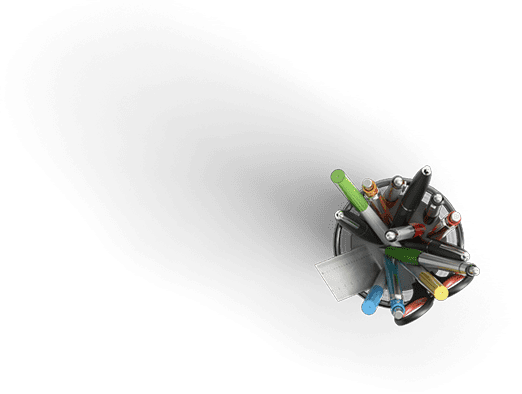Penn State University Battling the Queue Questions
Question Description
I’m working on a supply chain multi-part question and need support to help me learn.
Unformatted Attachment Preview
P S H
erk
tate
appenings
Battling the Queue
Mariel’s Perk State has been more successful that than she had planned.
1. During the morning rush, students arrive at a rate of 48 per hour (poisson distribution) and a
single server can serve 10 per hour (exponentially distributed). Mariel now has three servers, but
is thinking on adding a fourth. What would be the average time for people to wait to get their
coffees (wait in line and be served) with 5, 6, and 7 servers? What would be the average number
of people in line with 5, 6, or 7 servers?
2. Later in the day, the arrival rate drops to 8 per hour. If she had one server, what is the average
number of customers waiting in lane and how long do they wait to be served on average?
3. Mariel is thinking of installing an automatic espresso machine that runs at a fixed service time.
If customers arrive at the rate of one every 6 minutes on average and the machine takes 4
minutes to make a cup, What would be the average time for customers to wait in line and receive
their cup of espresso?
Make Another excel file to solve 2nd part
Part 2
Decision Time
Mariel has the opportunity to open another coffee shop at another location.
She has several decisons to make.
1. She could commission a market survey to test how big a coffeee shop the market could afford.
The survey would yield either favorable results (45% probability) or unfavorable results (55%)
probability.
For each of the three situations (no survey, unvavorable survey, and favorable survey) she has
the option to not open a shop, open a small shiop, or open a large shop. The returns for all of
these options and their probabilities are shown below. Construct a decision tree that shows your
work and guides Mariel to the decison with the highest expected value. Note that negative profits
(losses) are shown in bold. Also, because this tree has multiple levels, you will need to evaluate
the EV of the top of the tree in order to determine their “best” decision first. Or in other words,
evaluate the EV for Large Shop, Small Shop, and No Shop for each of the three situationsto then
determine the EV of taking the survey and then compare this to the EV of not taking the survey
Situation
Build
Decision
Market
Survey
Profit
(Loss)
Probability
No Survey
Large
Shop
Favorable
$200,000
60%
Large Unfavorable
Shop
($180,000)
40%
Small
Shop
Favorable
$100,000
60%
Small Unfavorable
Ship
($20,000)
40%
0
100%
$190,000
78%
No Shop
Favorable
Survey
Large
Shop
Favorable
Large Unfavorable
Shop
($190,000)
22%
Small
Shop
Favorable
$90,000
78%
Small Unfavorable
Ship
($30,000)
22%
No Shop
($10,000)
100%
Favorable
$190,000
27%
Large Unfavorable
Shop
($190,000)
73%
Small
Shop
Favorable
$90,000
27%
Small Unfavorable
Ship
($30,000)
73%
No Shop
($10,000)
100%
Unfavorable Large
Survey
Shop
Purchase answer to see full
attachment

Have a similar assignment? "Place an order for your assignment and have exceptional work written by our team of experts, guaranteeing you A results."









